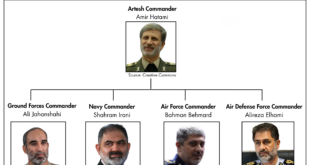 TEHRAN (FNA)- Archaeologists have recently found evidence indicating the Parthian castle at the ancient Kaluraz mound site burned down about 2200 years ago.
TEHRAN (FNA)- Archaeologists have recently found evidence indicating the Parthian castle at the ancient Kaluraz mound site burned down about 2200 years ago.
“Signs of a destructive fire were unearthed during the recent excavations on the castle’s earliest strata that date back to the Parthian era,” Tehran Times cited the archaeological team director Mohammadreza Khalatbari as telling the Persian service of CHN on Tuesday.
The castle had likely been abandoned temporarily, he added.
The archaeologists have also dug out brands, which are surmised to be remains of the poles used in construction of the castle.
A human skeleton was also found in the burnt stratum. It is believed that the death resulted from the fire. The skeleton has seriously disintegrated over time.
Kaluraz is one of the many ancient sites of the Rostamabad region located in northern Iran’s Gilan Province.
Ruins of the castle as well as many other Parthian architectural structures were unearthed by Khalatbari’s team in November 2005. They previously unearthed 3000-year-old gray shards in the lower strata of the site, which date back to the first millennium BC. The archaeologists believe these items indicate that Kaluraz was a residential area during the Iron Age.
A team of Japanese experts collaborated with Khalatbari’s team on the site in 2005. The Japanese team had previously prepared Gilan’s archaeological site maps, spotting 90 archaeological sites that had been discovered in Gilan over the years.
The joint team had made the first discovery of a Neolithic Age site in Gilan near the Sefidrud River in September 2004.
 Eurasia Press & News
Eurasia Press & News
